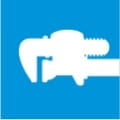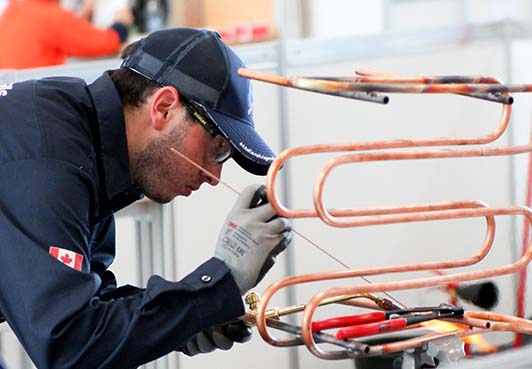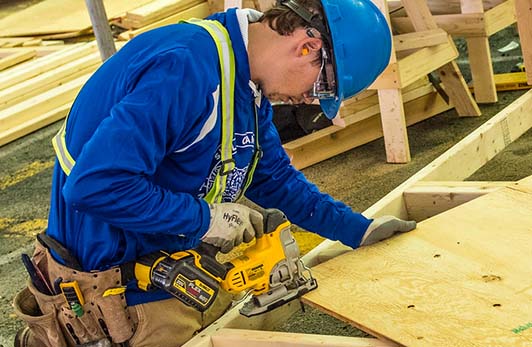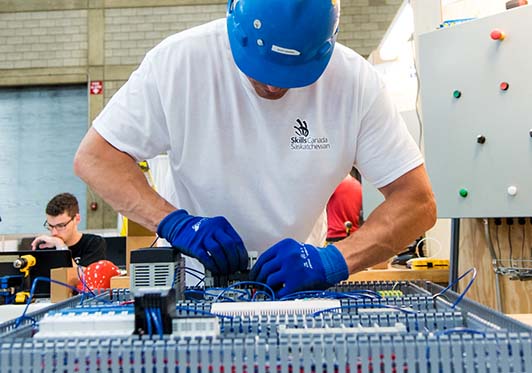Plumbing
What is plumbing?
Plumbers install and repair plumbing fixtures and water, waste disposal, drainage and gas systems in residential, commercial and industrial buildings. They read blueprints to determine the layout of the system and measure and mark areas where the pipes will be installed and connected, checking for obstructions such as electrical wiring. Once a project has begun, they perform a number of tasks, from simple installation of pipes and fittings to complex calculations and planning in specialized environments such as hospitals. The system must be checked for leaks using air and water pressure gauges to ensure that it is working properly.
Plumbers use a wide range of hand and power tools, torches and welding equipment to cut and shape pipe to precise specifications. An important part of their job is to fit the piping into the building with the least waste of materials while maintaining grade or slope and avoiding trapping air or fluids in the system. A plumber’s skills are also applicable in maintenance, service work, hydronic heating, and medical gas cross connection controls and inspections.
Plumbers perform some or all of the following duties:
- Read blueprints, drawings and specifications to determine layout of plumbing system, water supply network and waste and drainage systems
- Install, repair and maintain domestic, commercial or industrial plumbing fixtures and systems
- Locate and mark positions for pipe connections, passage holes and fixtures in walls and floors
- Cut opening in walls and floors to accommodate pipe and pipe fittings
- Measure, cut, bend and thread pipes using hand and power tools or machines
- Join pipes using couplings, clamps, screws, bolts, cement or soldering, brazing and welding equipment
- Test pipes for leaks using air and water pressure gauges
- May prepare cost estimates.
HOW TO JOIN THE FIELD
Completion of secondary school is usually required.
Completion of a four- to five-year apprenticeship program or A combination of over five years of work experience in the trade and some high school, college or industry courses in plumbing is usually required to be eligible for trade certification.
Trade certification is compulsory in Nova Scotia, Prince Edward Island, New Brunswick, Quebec, Ontario, Saskatchewan and Alberta and available, but voluntary, in Newfoundland and Labrador, Manitoba, British Columbia, the Yukon, the Northwest Territories and Nunavut.
Red Seal endorsement is also available to qualified plumbers upon successful completion of the interprovincial Red Seal examination.
INDIGENOUS AND REMOTE CONSIDERATIONS
Although plumbing services are needed in northern, Indigenous and remote communities, it can be difficult to get apprenticeships in communities. This means that many students pursuing this career will be forced to relocate while they are studying. Again, it may also be difficult to find people to work for in their home communities, so entrepreneurship may be necessary.
With math literacy in the north sometimes being lower than in other places, northern and remote students may need extra support in order to pass tests and get their red seal.
DISABILITY CONSIDERATIONS
With this job being heavy manual labour, it may not be possible for someone with a severe physical disability. Accommodations may be necessary for someone with a learning disability.
Find the right career path for you with our interactive map!
Trouvez le cheminement de carrière qui vous convient grâce à notre carte interactive!
- Self-employed
- Construction (residential and commercial)
- Maintenance departments
Sample Job Titles
- Steamfitter / pipefitter
- Gas fitter
- Sprinkler fitter
- Maintenance plumber
- Apprentice plumber
Companies and Sectors

Plumbing and the Skills for Success Program
The key Skills for Success for this career path are:
- Reading
- Numeracy
- Problem Solving



